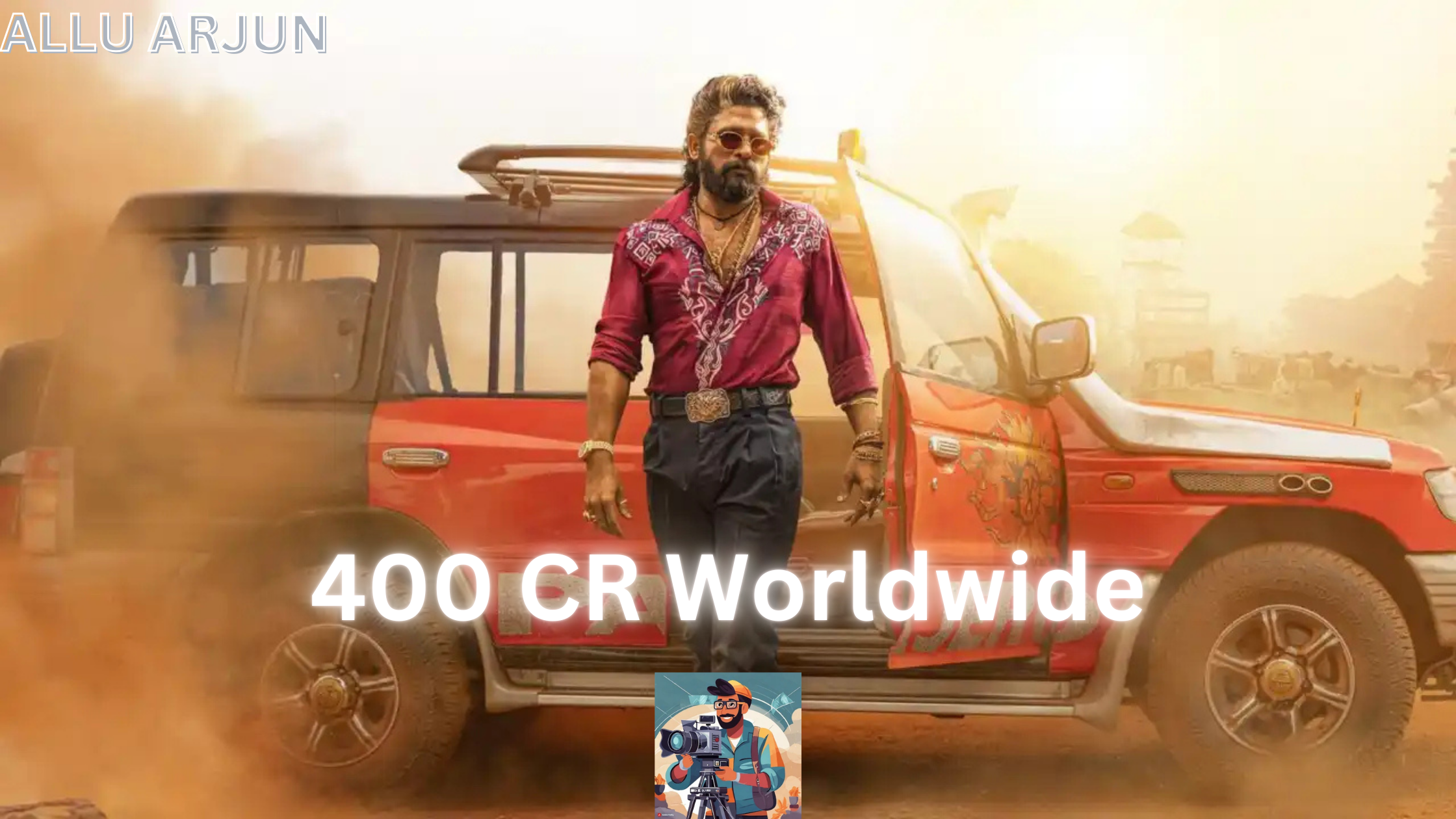What constitutes quality video editing software in the modern era? Is it advanced controls for sophisticated VFX and animation? Or is it primarily ease of use and an intuitive interface? Perhaps it’s the integration of futuristic features such as machine learning and AI-powered auto-editing capabilities?
The actual response to this query will differ significantly depending on the individual and the specific project at hand. For a vlogger who swiftly produces content for platforms like YouTube and Instagram, the priorities may be distinct from those of an experienced VFX editor aiming to craft intricate logo animations.
However, despite recognizing the complexity of video editing requirements, there seems to be a general agreement regarding the state of non-linear editing (NLE) software in recent times. Therefore, if you’re new to video editing or seeking a refresher, we’ve compiled a brief list of the top video editing software currently available on the market.
What Qualities Define Effective Video Editing Software?
Before delving into our selections, let’s first review some fundamental principles that contribute to the effectiveness of video editing software. While these components can vary depending on specific requirements, here are the general aspects to consider when evaluating an NLE (non-linear editing) software:
Ease-of-use and intuitive design
Accessible timeline editing access
Audio effects and controls
Motion effects and controls
Basic (to advanced) color grading controls
Keyframe options for all edits
Can handle different footage and asset types
Export options and templates for different social channels
We’ll explore the intricacies of each of these principles further, but overall, these are the aspects you should consider when determining which video editing software best suits you and your project.
1. Adobe Premiere Pro

Our current leading choice for the finest video editing software is Adobe Premiere Pro. There are numerous reasons behind this selection, but for many, the primary factor is its status as the most widely used option among video editors, spanning from novices to experts.
This indicates that Premiere Pro offers the most extensive support resources among NLE options. Whether it’s through dedicated YouTube channels providing tips and tricks, numerous guides, or self-help options, Premiere Pro stands out as the most easily accessible platform for learning the ropes online.
Premiere Pro also boasts cross-platform compatibility and seamless integration with other Adobe tools and programs such as Photoshop and After Effects. If you’re already utilizing the Creative Cloud suite or other Adobe applications, chances are you’re already part of this interconnected ecosystem.
Advantages:
Abundance of support materials and resources available.
Excellent color and audio editing tools.
Integration with other Adobe applications, particularly After Effects.
Support for ProRes RAW.
Various export and sharing options tailored for different social media platforms.
Drawbacks:
Demands a significant amount of processing power.
Has a moderate learning curve.
Essentially necessitates subscription to the Creative Cloud.
Price:
$20.99 per month
(or $54.99/month for Creative Cloud all apps)
2. DaVinci Resolve

Earning a somewhat unexpected position on our list for some, DaVinci Resolve has quietly emerged as one of the most sought-after editing software options on the market. It’s even considered the top choice by many new creators with a focus on cinematography.
Traditionally recognized primarily for their expertise in color grading controls, Blackmagic Design has made significant strides into the realm of NLE (non-linear editing) software. Their DaVinci Resolve program seamlessly integrates their renowned color expertise with a highly intuitive and well-equipped turnkey editing software.
With DaVinci Resolve 18, the software competes closely with Premiere Pro in terms of its user-friendly design and comprehensive tools and features. While it lacks integration with After Effects, Resolve can interface with Fusion for GPU-accelerated 2D and 3D compositing and motion graphics, along with an array of precise controls for users who prioritize intricate editing details.
Advantages:
Design facilitates precise control.
Offers excellent color correction and grading capabilities.
Integrates with Fusion Studio for motion graphics.
Drawbacks:
Has a learning curve for those transitioning from Premiere Pro or Final Cut.
The free version lacks certain features, while the studio version is relatively expensive.
Price:
DaVinci Resolve: Free
DaVinci Resolve Studio: $295
3. Apple Final Cut Pro
[ yahpr software ki image ya video ayegi vo badme dekhenge }

For many of us who ventured into film and video production in the late 2000s or early 2010s, Apple’s Final Cut Pro was likely the go-to digital video editing software of that era. Despite Apple’s strong history in digital video, the company diverted resources away from their flagship NLE (non-linear editing) software in favor of their simplified and more accessible iMovie program for a period.
Consequently, numerous video editors migrated to Premiere Pro in the late 2010s and have remained loyal since. However, it’s worth noting that many of the standout features of both Premiere Pro and Final Cut Pro share similarities. Their timeline-based editing systems are virtually indistinguishable for most users, with differences primarily limited to hotkeys.
In recent years, Apple has shifted its attention back to Final Cut Pro, while Premiere Pro has pursued its own specialized path. DaVinci Resolve has carved out its own niche audience, and Final Cut Pro has emerged as a compelling option in its own regard, patiently awaiting the discovery of the right clientele.
Advantages:
Magnetic timeline reminiscent of Premiere Pro.
Streamlined and well-organized design.
Integration with Touch Bar for added support.
Robust color and audio editing capabilities.
Drawbacks:
Lacks advanced motion graphics controls or connectivity.
Does not offer as many support resources as Premiere Pro.
Price:
Offers a free trial version, with the full program priced at $299.

















